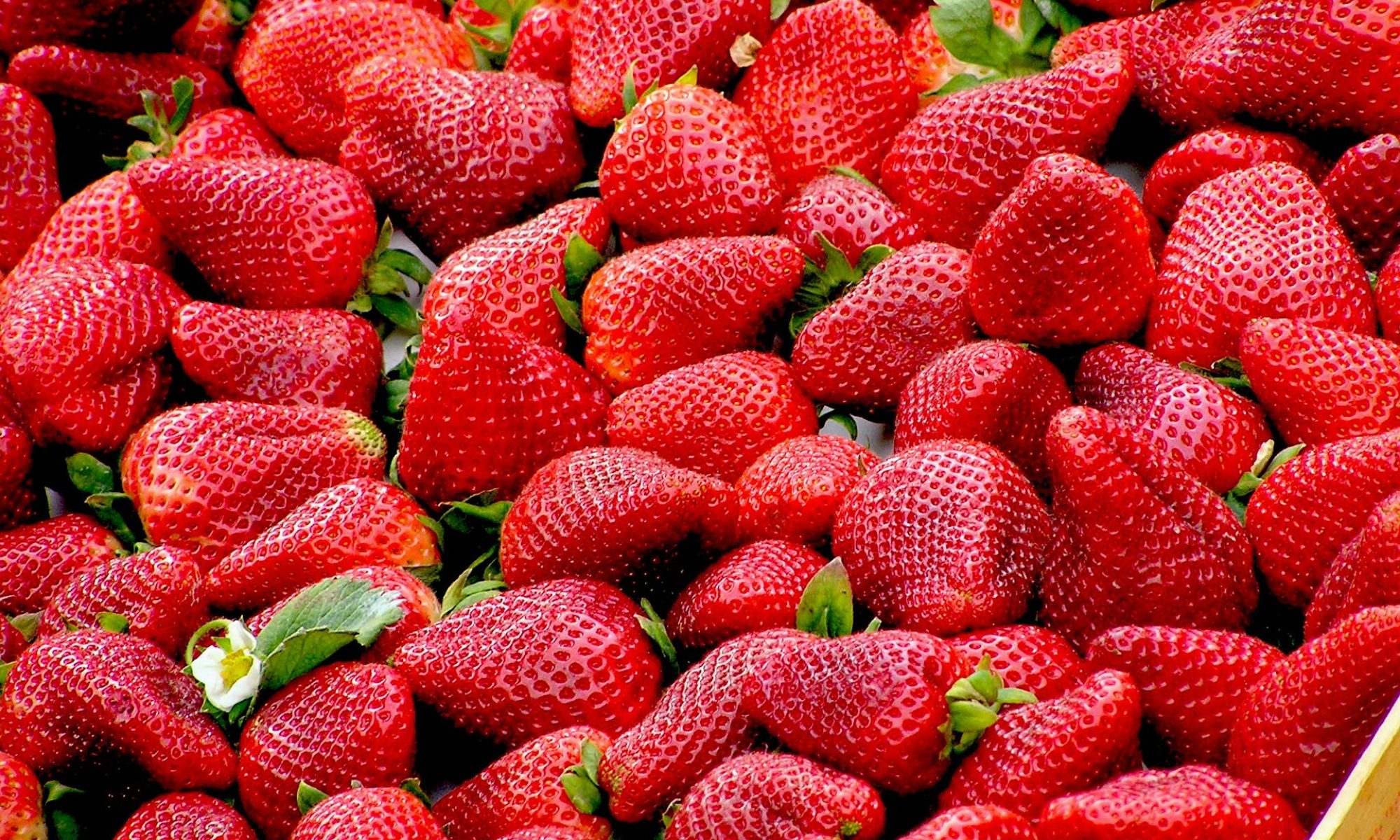Home > Vitamin E and prostate cancer > How to prevent muscle cramps?
We can prevent muscle cramps if you know the possible causes of muscle cramps. Everyone of us would have experienced sudden painful muscle cramps during our sleep and also during our activities.
What is muscle cramp?
In our daily activities our voluntary muscles are in a state of contraction and relaxation to control movements and posture. When the contraction (shortening, tensing or tightening) is involuntary for a brief movement with immediate relaxation, it is called spasm.
If this type of involuntary contraction is forceful, painful and sustained, it is called cramps. The duration is variable with cramps lasting anywhere from a few seconds to several minutes and may occur multiple times before restoration of normal function.
In most cases, skeletal muscle of the lower extremities like calves, thighs, arches of the foot and toes is involved. Sometimes smooth muscle cramps may be experienced in menstruation, endometriosis or gastroenteritis.
Causes of muscle cramps
There are multitude of reasons for their occurrence and each individual incidence may have a different cause. The general cause is overworked or strained muscle and to prevent getting cramps we should not strain them.

Causes of cramps include excessive flexing, oxygen depletion in body, sudden large changes of temperature, loss of body salts and electrolytes and dehydration.
Certain medications used for high cholesterol, hypertension, Alzheimer’s disease, Parkinson’s disease and diuretics can also cause cramps.
Considering the causes and also the body parts involved, skeletal muscle shortening can be categorized into true cramps, dystonic cramps, tetany and contractures.
Hyper-excitability of nerves
- Hyper-excitability of nerves stimulates muscle groups and causes true cramps.
- Persistent contractions may be experienced after an injury as a protective response of the body.
- To some extent pain relief medication and rest can prevent these contractions.
- Straining and vigorous activity may induce contractions. It may happen during the activity itself or up to six hours after the cessation of the activity.
- Proper warming up and cooling down exercises must be done before and after strenuous activity, workup and games to prevent these involuntary actions.
- Similarly sitting or lying in the same position for extended period of time can cause fatigue and cramps.
- Frequent change in position and stretching of the muscle involved can prevent tensing.
Prevent dehydration and electrolyte imbalance
Lots of body fluids may be lost due to hot conditions, strenuous exercises, excessive vomiting and chronic diarrhea. Use of diuretic medicine also removes body fluids and electrolytes.
These situations lead to dehydration and low sodium, calcium and magnesium levels in the body fluids. This causes electrolyte imbalances in body fluids and results in muscle cramps.
To prevent such involuntary contractions sufficient water and fluids must be consumed in a regular basis. After considerable sweating, replacement of electrolytes should be considered by taking electrolyte formulations.
Prevent nutritional deficiencies
Nutritional deficiencies of sodium, magnesium, calcium, vitamin D and vitamin B complex can cause cramps. To totally remove sodium from diet during treatment of hypertension can lead to muscle cramps. In such cases moderate intake of sodium salts and fruit juices can prevent cramps.
Vitamin D is vital for the absorption of calcium in the body and any deficiency can lead to calcium imbalance. To prevent vitamin D deficiency sufficient exposure to sunlight and intake of vitamin D supplements is necessary.
Most of the vitamins in the B complex group have the function of toning up nerves and muscles and any deficiency can cause cramps. Intake of balanced diet and if necessary supplements can prevent deficiency of vitamins.
How to prevent acute cramps in sleep
Acute cramps during resting and sleeping is a most common occurrence especially in elderly.
- To prevent such muscle contractions, attention must be given to their diet. Though the diet may appear balanced, deficiencies may arise as with old age the digestion and absorption capacity of GI tract declines.
- The help of geriatric dietitian may be sought to balance their diet and supplements.
- Apart from balanced diet, sufficient fluids must be consumed to prevent these acute cramps.
- Moderate exercise to tone up the leg muscle and stretching legs a few times before going to bed can prevent this misery.
In tetany, spasms or cramps occur throughout the body due hyper-excitement of nerves. This conditions usually occurs due to imbalance of calcium and magnesium in body fluids; prevent tetany by consuming supplements.
Contractures are spasms wherein the affected muscle group is unable to recover from contraction. Usually muscle failure is due to depletion of glycogen and blood glucose leading to depletion of Adenosine Triphosphate (ATP) in cells.
Repetitive activities can produce dystonic cramps wherein the muscle not required for the intended movement and/or working in the opposite direction of the movement contracts; prevent repetitive activities for long duration.
Regular moderate exercises, intake of balanced diet and consumption of sufficient fluids can prevent muscle cramps.
Popular topics in Nutrition and health benefits:
Diesel engine exhaust fumes cause cancer
Orange fruit nutrition health benefits
Potential child hazards at home
Papaya fruit nutrition facts and health benefits
Social anxiety depression disorder
Newborns usually do not shed tears while crying
Pneumonia in children and infants
Major diseases caused by smoking cigarettes
Does teething cause fever or diarrhea?
Image for how to prevent muscle cramps
Image source: https://en.wikipedia.org/wiki/File:Soldier_running_in_water_original.jpg
Image author: Cpl. Earnest J. Barnes
Image license: Public domain
Current topic in Nutrition and health benefits: How to prevent muscle cramps? How to prevent acute contracture.
